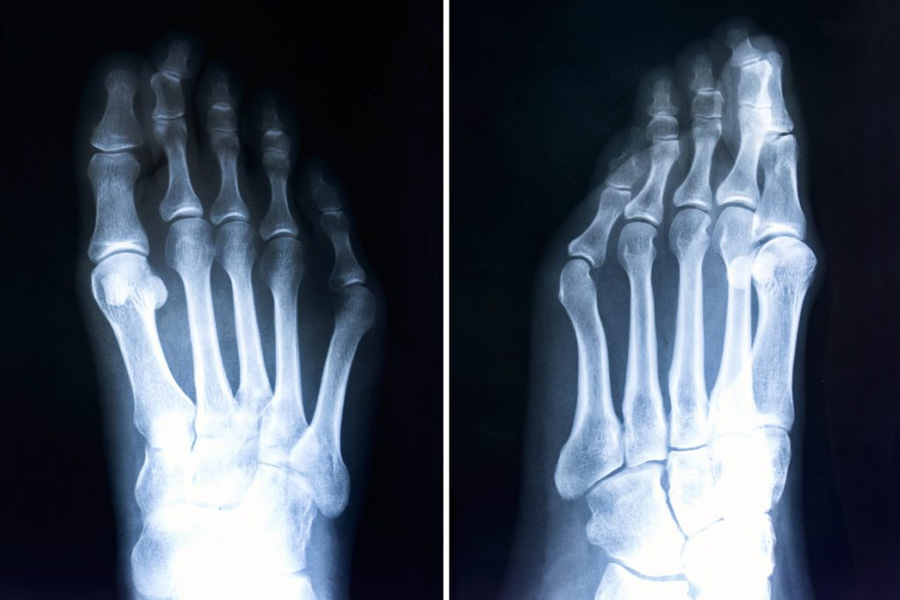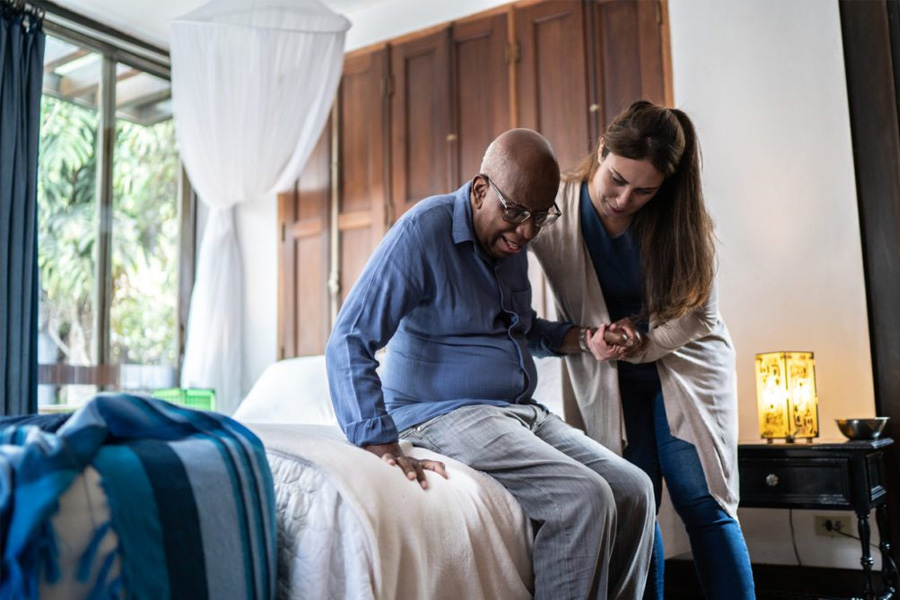It is estimated that approximately 75% of Americans will have foot or ankle problems at some point in their lives. Some cases are minor that require only simple self-care measures to relieve pain or treat a superficial infection. On the other hand, some cases need foot surgery to correct serious orthopedic deformities or injuries.
You may be nervous, stressed, or scared if you’ve been told that you need surgery. Learning as much as you can about the surgery and understanding the risks of the procedure will help you be calmer and more in control. Simple preparation before your foot surgery will ensure that your recovery at home will be smooth.
Types of Foot Surgery
Common surgical procedures of the foot include:
- Bone fusion, which is used to treat severe arthritis affecting the foot.
- Bone grafting, in which healthy bone tissue from another part of your body replaces diseased bone in the foot.
- Tendon surgery, which is performed to repair a severe injury to a tendon to improve function and mobility in a foot.
- Skin or soft-tissue repair, which is performed to remove warts, ganglion cysts, and treat severe foot fungus.
- Bone osteotomy, which is performed as part of treatment for a bunion, heel spur, or hammertoe in the foot for proper shaping.
Lapiplasty and Lapidus surgery for Bunions
Lapidus procedure has been around since the early 1900s. Lapidus is a great procedure for patients with severe bunion deformity or hypermobility. It reduces the chances of reoccurrence. This is an aggressive bunionectomy procedure and not every patient is a candidate for this type of procedure. Traditionally the patients would be placed in a non-weight bearing cast for 6-8 weeks and then a walking boot for several more weeks.
Newer advancement in technology is allowing for better correction and earlier weight-bearing. Lapiplasty, Lapifuse, and other patented technology are available for this type of surgical procedure. These techniques allow for fixing the root of the problem by rotation of the entire deviated bone back into its normal anatomical position and also provide more stable fixation than previously used (allowing patients to walk earlier). These procedures advertise “walking early”, however only protected and limited walking is allowed.
Candidates for Lapidus and Lapiplasty
The decision to undergo surgery should be taken seriously. Not all patients are considered candidates for this procedure. Only your doctor can advise if lapiplasty is appropriate for your specific case, which depends on a lot of factors.
You are likely not a candidate for lapiplasty if any of the following apply:
- If you are less than 12 years old.
- If you are between the ages of 12-24 but are skeletally immature.
- If you have an active infection.
- If you have inadequate bone quantity or quality.
- First metatarsal length (if too short, Lapifuse might be more ideal procedure)
If any of the above circumstances apply to you, consult with our CFAC podiatrists to identify the best treatment, whether it’s a conservative or a surgical approach. Several of the CFAC doctors perform Lapidus, Lapiplasty, and other variations of this procedure. They can determine if you qualify, walk you through the procedure, and explain what you can expect before, during, and after it.
Planning and Preparing For Your Foot Surgery
Before considering surgery, your foot doctor will check out your foot condition and medical history, request lab tests, and ensure that your health will bear surgery well. Your surgeon will also give a full explanation of the procedure to you.
Here are some things to think about in the days leading up to your surgery, so you can be proactive about your recovery:
- Stock up on supplies, so you don’t have to struggle to get them later.
- Rearrange your house as necessary to make you more comfortable and less likely to hurt yourself.
- Get help from family or friends to assist with difficult tasks.
- Stop smoking and avoid excessive alcohol, as both increase the risk of post-surgical complications and lengthen the expected recovery window.
Pre-Surgery Recommendations
In the hours leading up to your procedure, keep in mind these simple instructions:
- Avoid eating or drinking anything on the day of surgery.
- Wear loose, comfortable clothes to the surgery center or hospital.
- Make sure you bring your documents!
Post-Operative Recovery
Like most procedures, foot surgery requires a period of rest afterward. The length and nature of your recovery will vary depending on the type of procedure performed, any additional procedures performed to correct other toes or deformities, as well as any complications that may occur.
In the first few days after surgery, avoid putting weight on the repaired foot, take your prescribed medications as directed, and keep your feet elevated as much as possible. After the surgery, you will have a series of follow-up appointments with your foot doctor to monitor your recovery progress.
Follow your surgeon’s recommendations carefully to help you heal as quickly and safely as possible. Over the weeks and months after your surgery, you will be able to slowly return to your daily activities, like light weight-bearing, driving, and ultimately, all activities. During this period, a program of physical therapy will be essential.
Foot and Ankle Surgeon in Cincinnati
If you want to learn more about your foot surgery options, schedule a consultation with one of our many providers by contacting one of our Cincinnati area locations or request an online appointment. They will talk you through your options and recommend a treatment plan that’s right for you!
Share

Surgeons can provide both surgical and nonsurgical care.




